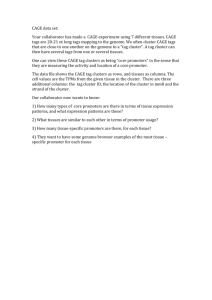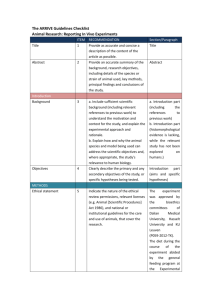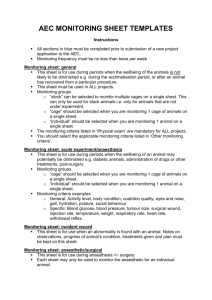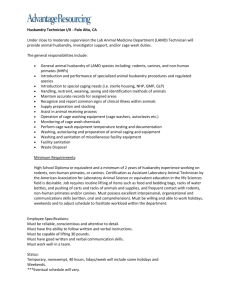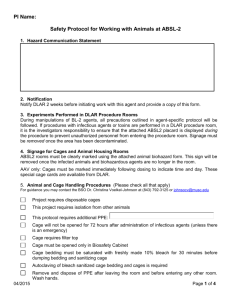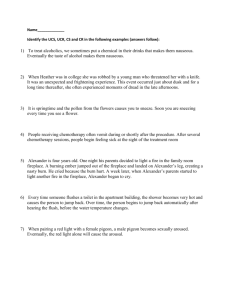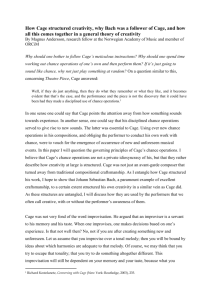CAGE cap analysis of gene expression Previously, it was believed
advertisement
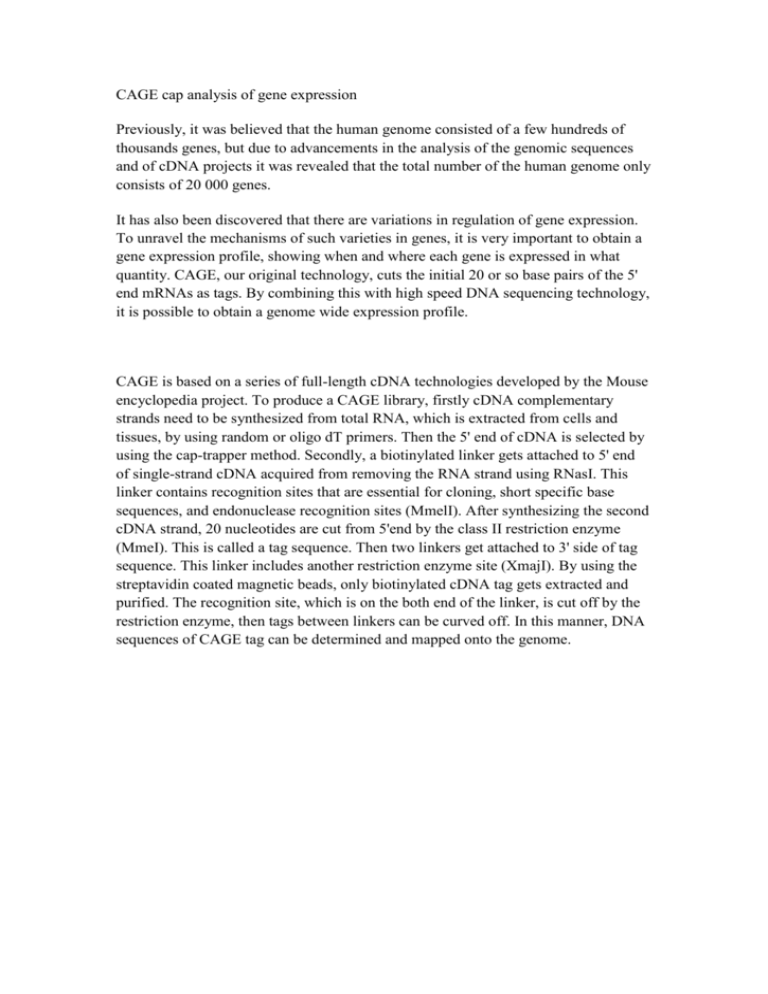
CAGE cap analysis of gene expression Previously, it was believed that the human genome consisted of a few hundreds of thousands genes, but due to advancements in the analysis of the genomic sequences and of cDNA projects it was revealed that the total number of the human genome only consists of 20 000 genes. It has also been discovered that there are variations in regulation of gene expression. To unravel the mechanisms of such varieties in genes, it is very important to obtain a gene expression profile, showing when and where each gene is expressed in what quantity. CAGE, our original technology, cuts the initial 20 or so base pairs of the 5' end mRNAs as tags. By combining this with high speed DNA sequencing technology, it is possible to obtain a genome wide expression profile. CAGE is based on a series of full-length cDNA technologies developed by the Mouse encyclopedia project. To produce a CAGE library, firstly cDNA complementary strands need to be synthesized from total RNA, which is extracted from cells and tissues, by using random or oligo dT primers. Then the 5' end of cDNA is selected by using the cap-trapper method. Secondly, a biotinylated linker gets attached to 5' end of single-strand cDNA acquired from removing the RNA strand using RNasI. This linker contains recognition sites that are essential for cloning, short specific base sequences, and endonuclease recognition sites (MmelI). After synthesizing the second cDNA strand, 20 nucleotides are cut from 5'end by the class II restriction enzyme (MmeI). This is called a tag sequence. Then two linkers get attached to 3' side of tag sequence. This linker includes another restriction enzyme site (XmajI). By using the streptavidin coated magnetic beads, only biotinylated cDNA tag gets extracted and purified. The recognition site, which is on the both end of the linker, is cut off by the restriction enzyme, then tags between linkers can be curved off. In this manner, DNA sequences of CAGE tag can be determined and mapped onto the genome. Firstly we sequenced a concatemer of more than 10 CAGE tags. In FANTOM3, we acquired a genome wide map of transcription initiation sites by CAGE. Furthermore, recent introduction of shot-gun sequencers enabled CAGE to enter the new phase. CAGE became a powerful tool for quantitative analysis of gene expression. By sequencing all overlapped/duplicated CAGE tags, mapping them onto genome, and then measuring the level of each gene’s expression according to the number of mapped tags. Since shot-gun sequencers can sequence 1,000,000~10,000,000 tags in one run, when they are applied to CAGE, it is possible, theoretically, to capture RNA molecules with 1copyRNA/1~10cells with more than 99.9% success rate. Currently CAGE is the only available means to analyze genome-wide gene expression for each promoter. Presently, the limitation of CAGE is the amount of RNA required for detection. The next target in the development of CAGE is to reduce the amount of sample required; ultimately, however, detection technology with only one cell needs to be developed. This is because conditions of cells vary depending on each cell and if more than a single cell is targeted for measurement in analysis, only averaged results can be obtained. We thus cannot grasp the unique phenomena at each stage.
